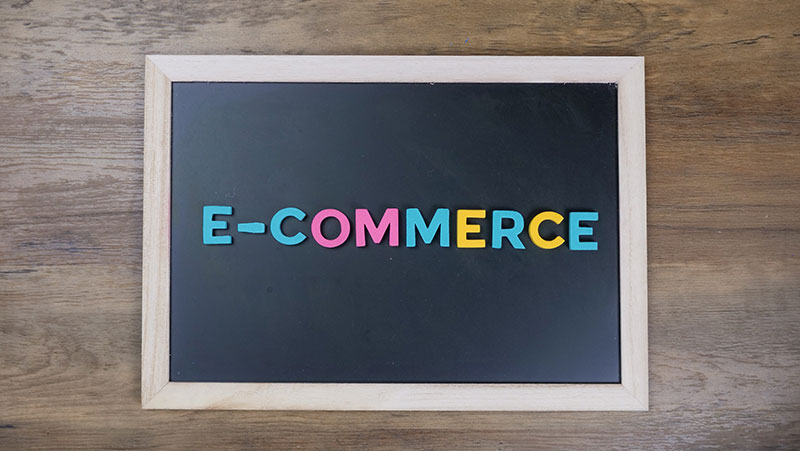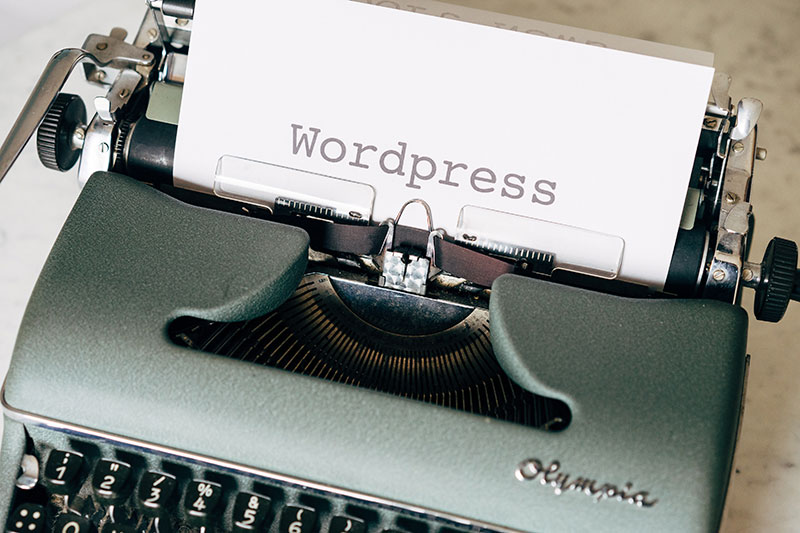Want to Open an Online Store? Let’s Get E-Shop Savvy!
So you’re ready to join the ranks of the eCommerce entrepreneurs. But where to start? Ask the average person and they will say “Shopify” or “Squarespace”—the most well-known ecommerce website builders. Both are all-right options that are marketed to the non-tech-savvy, but you can find yourself up to your ears with issues and extra costs as you try to make your site look and behave just how you want it.
As someone who has worked with all of the popular platforms covered in this article, I’ve compared them so that you can see past their slick marketing and choose the best option for your store.

Shopify
Shopify is not exactly “cheap” as far as eCommerce platforms go, with packages ranging from $29-$179 per month. Sounds reasonable at first, right? Well, they have a limited number of included themes—meaning you will pay to purchase something more unique, many of the third-party themes are expensive, and they can be incredibly difficult to use unless you are familiar with CSS coding.
You can pay Shopify for your own custom domain name and they include hosting. But going with them means you are stuck with Shopify as your platform forever unless you recreate your entire site and store on a different platform.
Oh, and don’t forget the apps. Review apps, checkout customizations, rewards programs, decent email marketing, and many other additional functions you will need apps for can quickly add up to big money. I once worked for an online retailer who spent around $900 per month on just Shopify and apps.
Squarespace
Squarespace is the other well-known store hosting platform that is marketed as “beginner-friendly”, and it’s not too bad. It’s not as usable or intuitive as it could be, with navigation issues and language limitations, but you can make a good-looking site even if you’re a beginner.
Where Squarespace struggles the most is page speed. Slow page loading times can be a killer for your shop because not only will customers lose interest in browsing your store, but having a slow site just wrecks your Google search ranking.
The goal for any site is to show up in Google searches and generate organic traffic using factors like SEO and page speed, and Squarespace just doesn’t cut the mustard. And as with Shopify, costly app subscriptions are another thing to consider.
Wix
If I could summarize my opinion of Wix in one word, it would be, “Meh.” Wix is hands-down the easiest platform for complete beginners to work with, has a good selection of templates, and you can create very attractive small websites.
The pricing ranges from $14-$39 per month (or free if you don’t mind Wix ads on your page), which isn’t bad, and the app prices won’t make you cry when your monthly bill arrives. Wix also has Facebook and Instagram templates, which is great if you have a visually appealing product that will attract clicks on social media.
Some downsides to Wix come in when you want to add extra functions and customize the look more than the base template allows. Making too many changes or starting from scratch can result in a fairly juvenile-looking website. You have to be very careful with your customizations, lest your visitors feel as if they’ve been transported to the internet of 1999. And to top it off, changing themes in Wix is generally kind of a mess.
My personal biggest pet peeve when it comes to Wix is the mobile responsiveness—make one little tweak to the desktop version, and your mobile version might do something completely crazy and move every element of the page into weird spots.
Like Squarespace, Wix ranks very low in organic search numbers compared to WordPress, but both platforms tend to be used by less tech-savvy people who do not know how to implement SEO into their site.

WordPress with eCommerce Plugins
Of course, I saved the best option for last: WordPress. WordPress is definitely less suited to the beginner, but in terms of customization, speed, organic search rankings, and functionality, it can’t be beat.
The variety of beautiful websites with integrated plugins WordPress can create is simply mind-blowing. And even better, it’s cheap.
I personally purchase my domains from Namecheap for around 10 bucks per year and use their mid-range EasyWP WordPress hosting for $7.88 per month, which has plenty of storage space for a medium-sized store. (They’re not paying me to plug them here, I just think they’re that awesome).
There are countless plugins that can be installed on a WordPress site, many for free with extra features available if you buy their “pro” versions. WordPress integrates with several eCommerce platforms and online store builders, including WooCommerce and Ecwid, both of which have fantastic free versions.
Ecwid is a good choice if you’re interested in selling on different sales channels besides just your website, such as Facebook and Amazon. BigCommerce is a great option if you want, well, to go big, with scalable eCommerce, hundreds of payment gateway integrations, and multi-channel selling.

Digital Goods and Print on Demand
If you’re selling digital goods only, the Easy Digital Downloads plugin reigns supreme. Ebooks sold through Facebook ads and click funnels are very lucrative these days, and EDD is a simple way to manage those sales.
You can also sell audio files, stock images, templates, patterns, and more. Digital goods stores are great because you don’t have to worry about wasting money on inventory that might not sell or shipping costs—you just make your thing once, and it continues to sell and make money while you sleep.
Another way to run a store where you don’t have to stress about inventory or shipping is to integrate a print on demand “software as a service” with your sales platform. If you have your own designs and want to sell them printed on a multitude of products, then print on demand is the way to go.
Popular POD services are Printify, Printful, and Gooten. They all have different pros and cons and pricing, but they all will work with WordPress as well as other integrated sales channels.
On my personal art store WordPress website, Damaris Gray Designs, I sell both digital and physical goods featuring my artwork and using WooCommerce to handle the point of sale business. My physical goods are made by Printful, which is connected to WooCommerce seamlessly to handle all of my orders.
I use the same Printful account to sell my goods on Etsy, as well! I literally run an entire online store for $7.88 per month hosting and the free version of WooCommerce. Isn’t the future cool?
Ready to Get Started?
Hopefully, at this point, your mind is abuzz with all the money-making possibilities the world of eCommerce provides. There are so many eCommerce platform options that look very attractive on their sales pages, but you must be well aware ahead of time what kind of costs you’re going to be in for other than the monthly subscription fees as well as the limitations of each platform.
On all platforms (except maybe BigCommerce) you are going to also have to pay an average of a 3% transaction fee no matter the payment gateway, so don’t forget to factor that into the price of your products.
Like many other web designers, I am most fond of WordPress (in case that wasn’t obvious), and am here to help if you’ve decided “WordPress is the one!” for your online store and want to get started. I also have experience designing stores in Wix, Squarespace and Shopify, but I only take on Shopify jobs on a per-case basis depending on what theme you are using.
You can contact me here using the form to send me an email or book a 30-minute phone call with me. I’m looking forward to chatting about how I can help you make your online shop dreams a reality!
